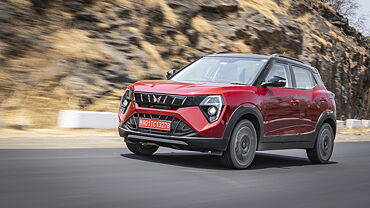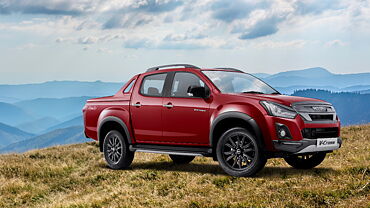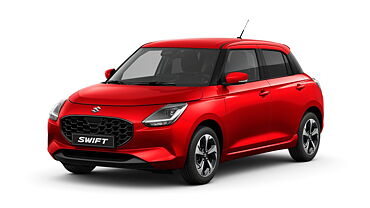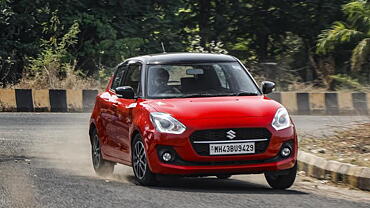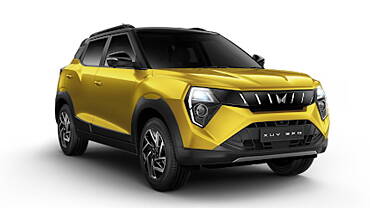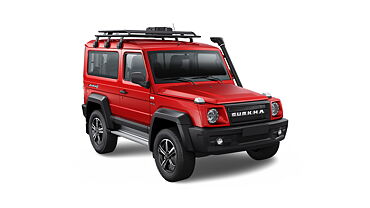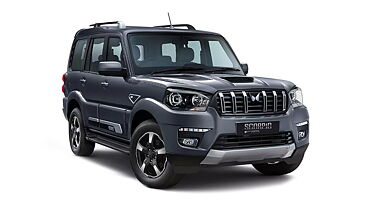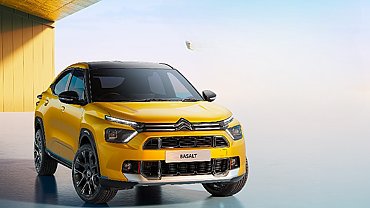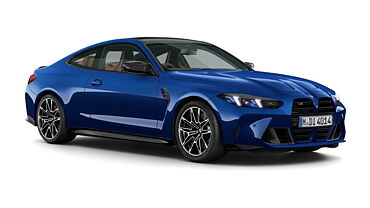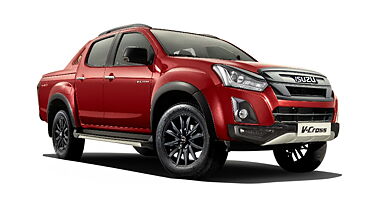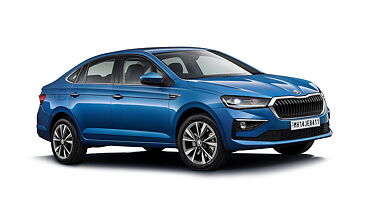In India, the Pulsar brand from Bajaj Auto needs little introduction as it has already catapulted the auto maker to the top 3 bike manufacturer's cadre. Beside Pulsar, the KTM Duke has also enthralled the bike enthusiasts ever since its inception in India. Both Bajaj Pulsar 200 NS and KTM Duke fall in the sub-Rs. 1.5 lacs category and are NS models, which stand for Naked Sport. While comparing these two models, it is required to go deep into the specifications since both of them are top-notch street bikes, sharing catchy resemblance.
Speaking of engines, both – Pulsar 200 NS and the KTM Duke comes powered by a similar 4-stroke 199.5 cc motors with liquid cooling technology. Both the powertrains share common dimensions in their bore and stroke; however, Bajaj being the official partner of KTM in India has incorporated well-thought changes in both models to present them different identities. The most prominent being the combustion chamber in Pulsar 200 NS, which comes to life through triple spark plugs. However, it loses to KTM Duke having a carburettor instead of fuel-injection, which is a standard feature on Duke.
Furthermore, Duke is superior as compared to 200 NS as its 4-valves are driven by a dual overhead camshaft unlike the Pulsar's single overhead camshaft. Pulsar also loses out to the Duke on the grounds of power with 23.3 bhp as compared to 25 bhp of KTM Duke. Considering the high-end performance, both motorcycles offer excellent mileage with pulsar faring a little better at 38.5 kmpl as compared to Duke's 37 kmpl.
Bringing the looks in limelight, both Bajaj Pulsar 200 NS and KTM Duke are at par with each being the naked street bikes. Pulsar features smoother lines and tracing, whereas KTM Duke is characterised by its sharp edges and racing-styled looks. Bajaj has provided a full-fledged front mudguard to its model, while Dukes chubby unit exhibits its sporty style. The digital console on the Pulsar is much easier to read at high speeds; however Duke fails here owing to its compact instrumental cluster, which is not that easy on eyes.
Being based on the naked concept, design of both the models reveal much of their chassis with pulsar's twin steel spars being exposed and Duke's off trellis tubing. Coming to the rear end, the bikes boast of higher and sharp looking tails, however Pulsar 200 NS features an alloy support for number plate.
Underneath, the 200 NS is built on a twin-spar style chassis, whereas the Duke is designed on tubular trellis endoskeleton. The front forks of the Pulsar are a conventional telescopic unit, while the Duke comes with top drawer beefy upside down forks. Speaking on the rear-suspension systems, both the bikes feature mono-shock technology. The KTM Duke is one of the very few Indian bikes to sport a light-weight cast alloy swing arm, which lacks in Pulsar 200 NS.
On the grounds of ride quality, both Bajaj Pulsar 200 NS and the KTM Duke offer an excellent ride with an-all new driving experience. However, 200 NS goes a step further in terms of handling owing to its wide bars, which provides an effortless and confident feel to its front end.
Bajaj has played smart with both of its offering, KTM Duke and Pulsar 200 NS, in the country with the latter being more of a commuter and the Duke being better in terms of specifications, which enables it to be classified more as a sports bike. With a pragmatic Pulsar 200 NS and a sporty KTM Duke, Bajaj is catering to a large section of society. It all boils down to a buyer's personal preference whether he wants a commuter or a sporty bike.



